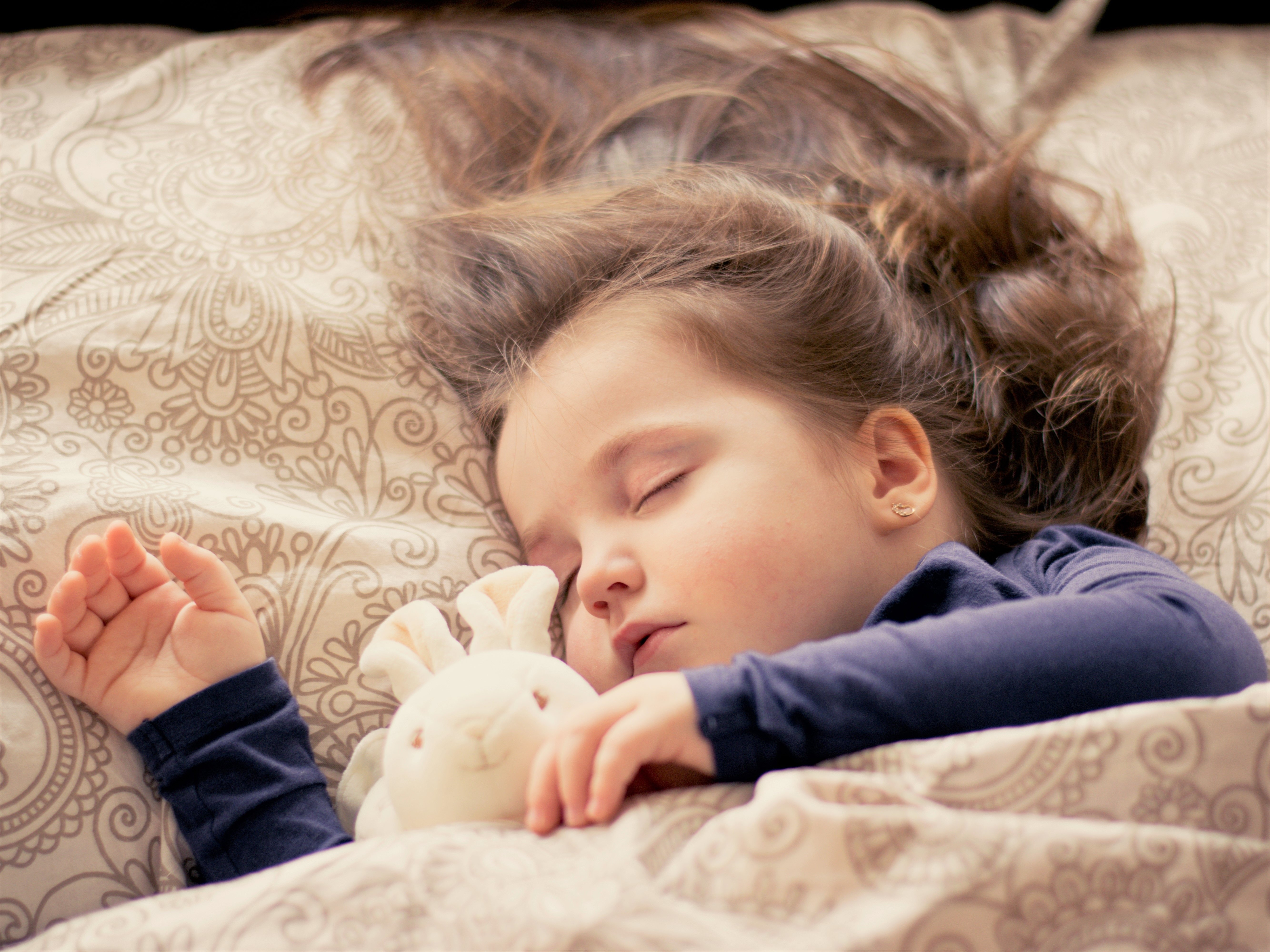Understanding Baby and Child Sleep Cycles (0-5 Years) and Why They Matter for Good Sleep
If you're a parent wondering why your baby naps for only 30 minutes... or why your toddler sleeps like a rock at 9 PM but is wide awake at 3 AM... you're not alone. Much of this has to do with sleep cycles—the natural rhythms our bodies go through while we sleep. Understanding how these cycles work in babies and young children can help you improve their sleep. Here's everything you need to know about sleep cycles from birth up to age 6, including how naps fit in and why they're crucial for healthy sleep habits.
What Is a Sleep Cycle?
A sleep cycle is a pattern of brain activity that repeats several times throughout sleep. Each cycle moves through:
- Light sleep (Stages 1-2): drifting off, shallow sleep
- Deep sleep (Stage 3): restorative sleep for growth, healing, and immunity
- REM sleep (Rapid Eye Movement): dreaming, memory processing, emotional development
Throughout the night, children repeat these cycles 4-6 times, depending on age and how long they sleep.
Sleep Cycles at Night: What Parents Should Know
First Half of the Night = Deep Sleep
The first 3-5 hours are filled with deep, non-REM sleep. During this time, kids:
- Sleep deeply and are harder to wake
- Are less disturbed by normal household noises
- Get the most physically restorative sleep
This is why bedtime matters—late bedtimes often cut into deep sleep time.
Second Half of the Night = Lighter Sleep & REM
More time is spent in REM sleep (lighter sleep). Children:
- Dream more vividly
- Move around more
- Are easier to wake
Nightmares, sleep talking, and early wake-ups often occur during this phase (typically between 3-6 AM).
Newborns (0-3 Months): Short and Simple
- Sleep cycles last about 20-50 minutes.
- About 50% of their sleep is REM.
- Wake frequently for feeds.
- Naps are often 20-40 minutes—this is normal, not a problem.
Infants (4-12 Months): Developing Rhythms
- Sleep cycles lengthen to 50-60 minutes.
- Babies begin consolidating nighttime sleep but still wake between cycles.
- Deep sleep happens mainly in the first half of the night.
- Crib transfer tip: Wait 10-20 minutes after baby falls asleep before transferring.
- Signs of deep sleep:
- Relaxed body
- Slow, regular breathing
- Still face and limbs
Toddlers (1-3 Years): Longer Cycles, Deep Sleep Early
- Sleep cycles last around 60 minutes.
- Deep sleep remains concentrated in the first half of the night.
- Night wakings often caused by:
- Developmental milestones
- Separation anxiety
- Dreams or night terrors
Preschoolers (3-6 Years): More Like Adults
- Sleep cycles reach 70-90 minutes.
- Night sleep becomes more consolidated.
- Deep sleep still occurs mostly early in the night.
- REM sleep increases later in the night.
- Many stop napping between ages 3-5.
Naps: How They Fit into Sleep Cycles
Naps play a critical role in helping babies and young children manage their total sleep needs. Here's how naps relate to sleep cycles at each stage:
Newborns (0-3 months)
- Sleep on and off around the clock.
- Nap length: often 20-40 minutes.
- No set nap schedule yet.
Infants (4-12 months)
- Typically 3-4 naps initially, dropping to 2 naps by around 7-9 months.
- Naps start to lengthen to 45-90 minutes as sleep cycles mature.
- Some babies may still catnap (one sleep cycle only).
Toddlers (1-3 years)
- Shift to 1 nap per day, usually 1-3 hours long.
- Total daytime sleep reduces gradually.
- Nap too late or too long can cause bedtime battles or night wakings.
Preschoolers (3-5 years)
- Many stop napping between ages 3-4.
- Some may still need occasional naps, especially after busy days.
- Overly long naps can interfere with bedtime.
Easy Sleep Lab's Top Tips:
- Keep bedtime consistent to preserve deep sleep.
- Limit naps to avoid interfering with night sleep.
- Understand that brief wake-ups between cycles are normal, not always a sleep problem.
- Don't stress over short naps in young babies—they usually lengthen with age.
- Teach independent sleep skills gently to help babies transition between cycles on their own.
Sources:
- Mindell, J. et al. (2015). "Sleep Patterns and Sleep Disturbances Across Childhood." Sleep Medicine Clinics.
- National Sleep Foundation (2022). Sleep and Children.
- Ferber, R. (2006). Solve Your Child's Sleep Problems.
- American Academy of Pediatrics (2021). Safe Sleep Guidelines.





